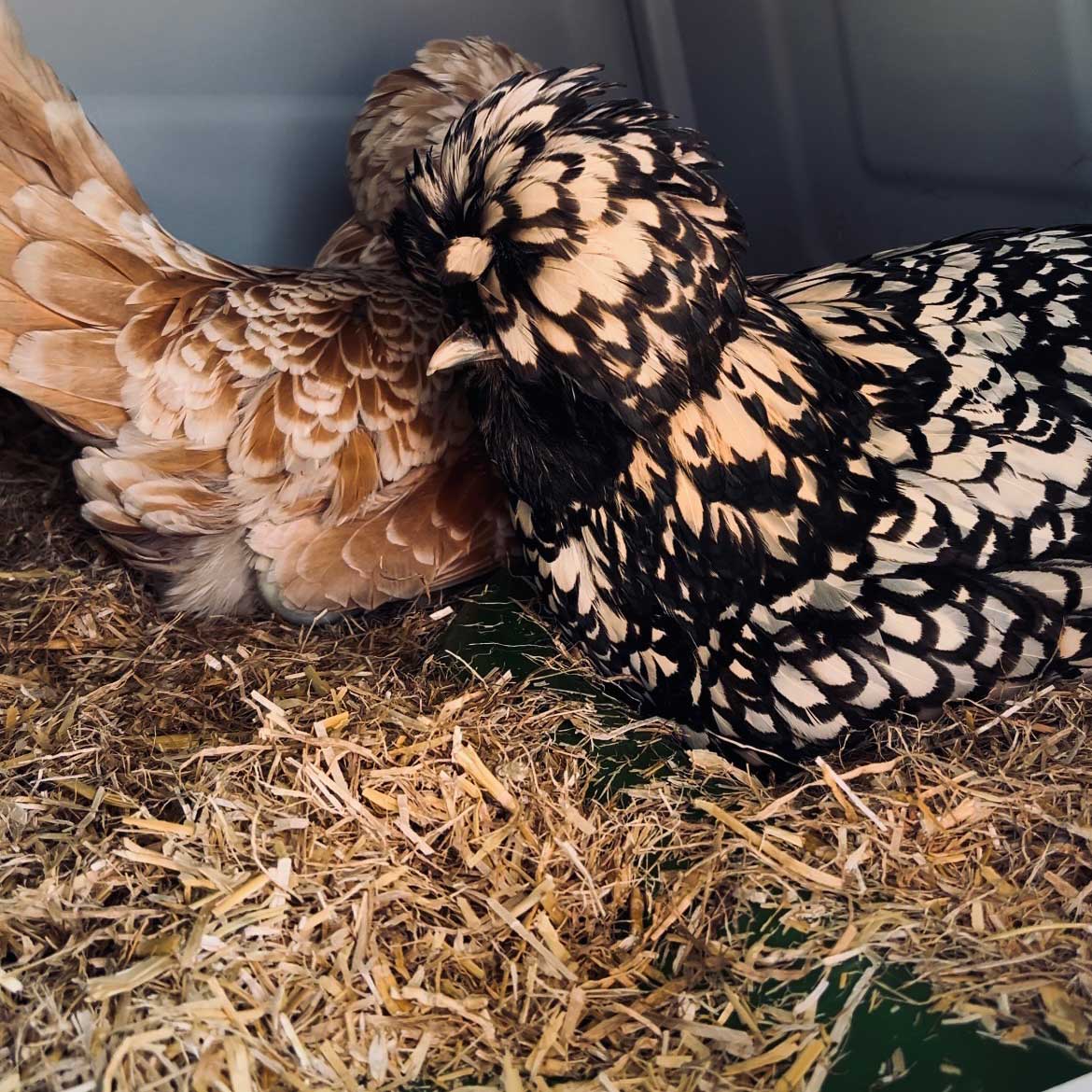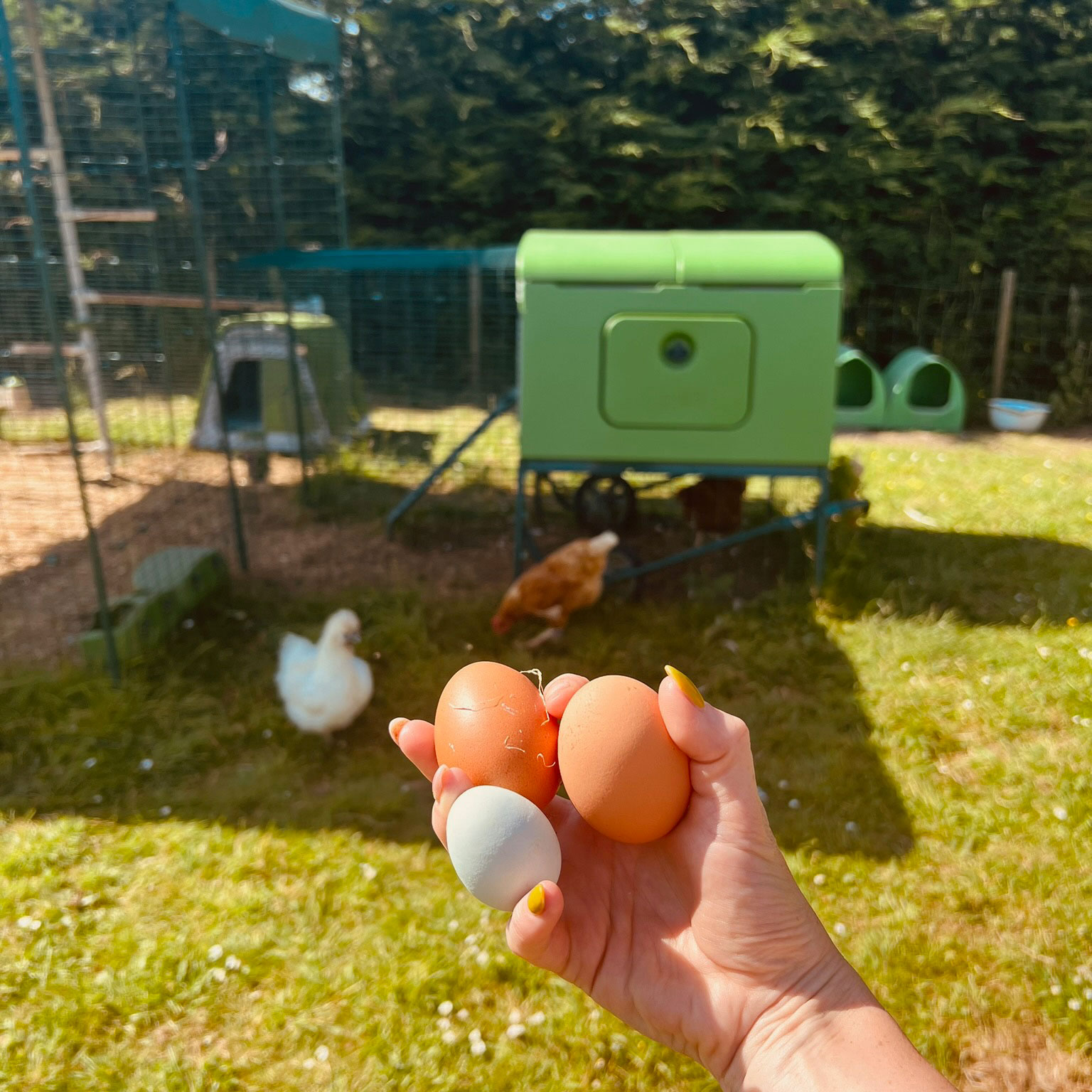


What Size House Do I Need for My Chickens?
A good chicken house should offer comfort, safety and shelter, without being unnecessarily large or overly cramped. And while most coop manufacturers will give you a guide for how many hens their houses can accommodate, it’s helpful to understand what your chickens actually need from the inside space, so you can make the right call for your flock.
How Much Space Do Chickens Need?
A standard rule of thumb is that a house measuring one square metre can comfortably hold up to 4–5 large hens, or 6–8 smaller breeds. That might sound tight, but remember: your chickens won’t be spending the whole day in there. The coop is mainly for sleeping, shelter and laying. Chickens aren't one for lounging around.
Inside the house, they’ll need:
- A safe place to roost at night
- Good ventilation (but not draughty)
- Nesting boxes for laying
- Easy access to food and water if you're keeping them inside for any length of time
The rest of their time will be spent outside, in a secure, enriching space where they can scratch, dust bathe, forage and flap.
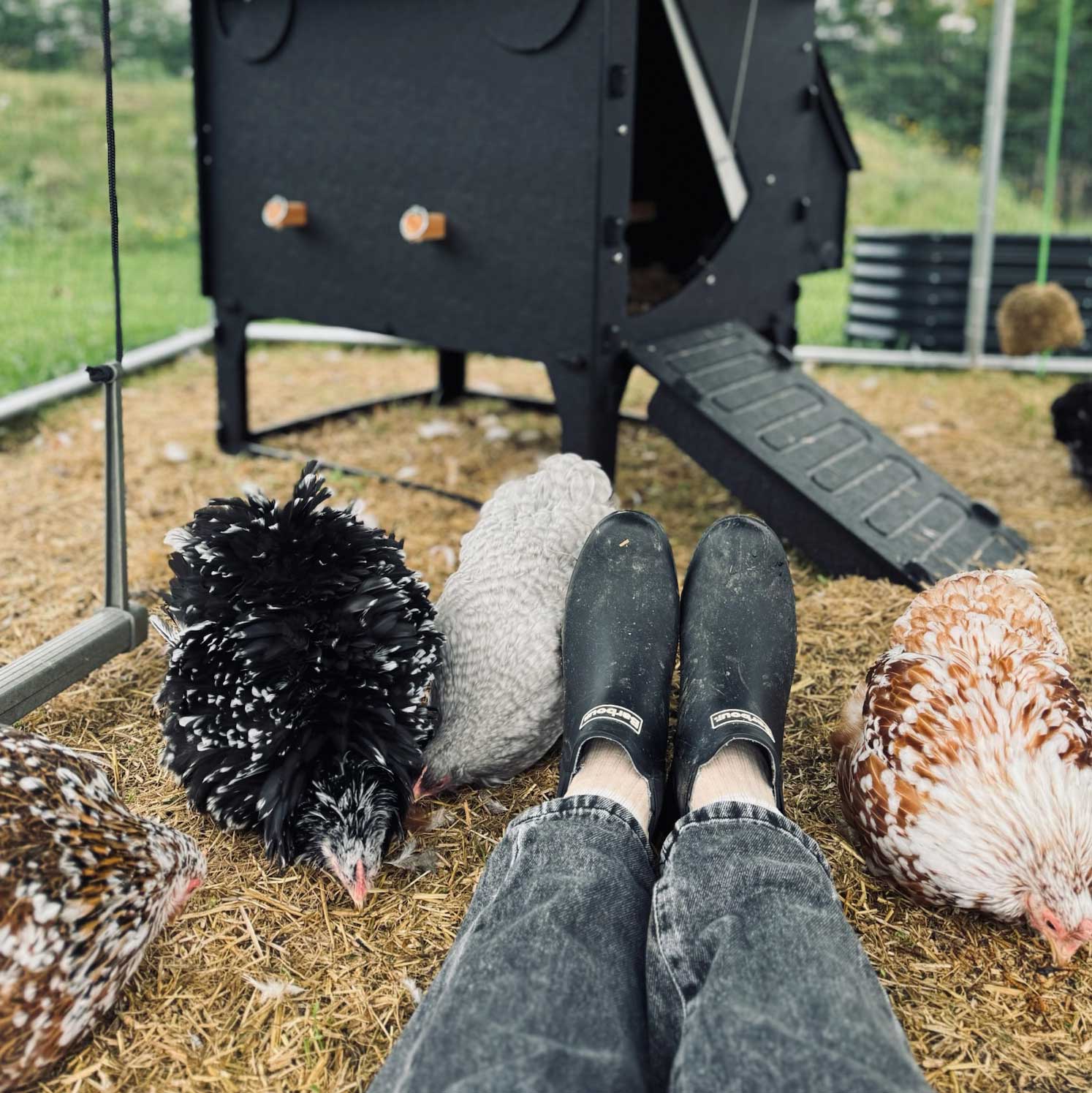
Inside vs Outside: What Matters More?
If you’re debating whether to spend your budget on a bigger house or a better chicken run, we would say, always go for the run. Outdoor space is far more important than indoor space when it comes to your chickens’ wellbeing. Chickens are active, curious little creatures. They thrive when they have room to move, explore, and indulge in their natural behaviours. A small house paired with a large, secure run is a much better setup than a large house with minimal outside access.
So, as long as your house offers shelter, safety, and enough room to roost and lay comfortably, you’re on the right track.
What If I Have a Smaller Coop?
Not everyone has the space for a big walk-in chicken palace, and that’s OK. You can absolutely keep chickens in a smaller house as long as:
- Your hens have plenty of outside space, either a secure run or free-ranging in a safe garden
- You provide extra nesting boxes externally if the house only has one or two inside
- Your flock is kept appropriately small for the space available
As a general guide, if your house has just one built-in nesting box and you’ve got more than three hens, it’s a good idea to add external nesting boxes. These can be attached to the outside of the coop, placed in sheltered corners of the run, or even made from upcycled items (think storage boxes, wooden crates, or old drawers). Just make sure they’re dry, dark, and cosy.
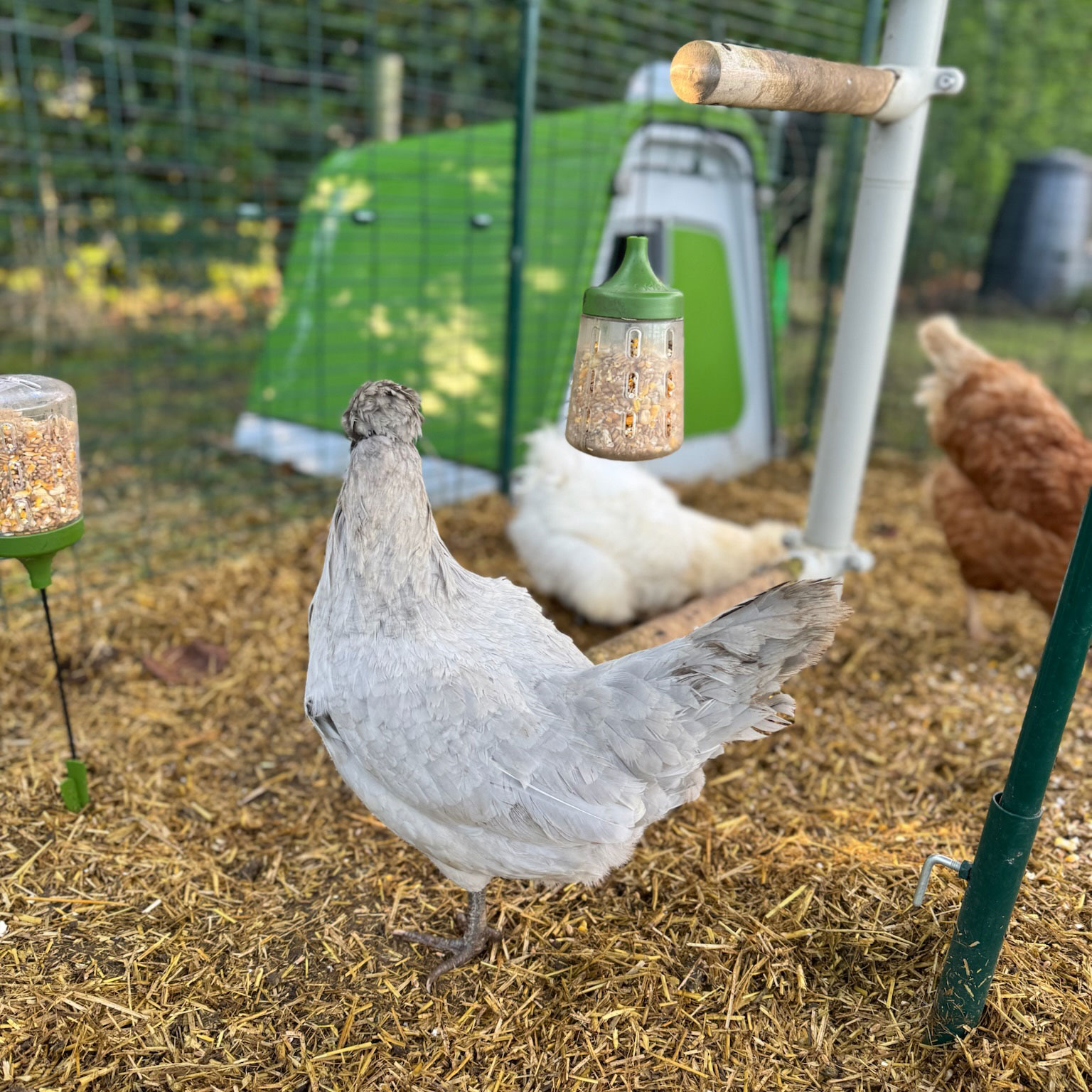
The One Nesting Box to Three Hens Rule
Aim for one nesting box for every three hens as a minimum. Chickens can be picky about where they lay their eggs, and they’ll often all try to use the same box even if others are free. But giving them a choice reduces stress, prevents queuing or squabbling over nesting boxes, and helps keep your eggs clean.
Think Ahead as Your Flock Grows
One common mistake new chicken keepers make is buying a coop that suits their flock right now, not realising how quickly they might want to add a few more hens. It’s incredibly easy to fall in love with chicken keeping. You start with three… and then there’s that irresistible Speckled Sussex you spotted at the farm shop… and then someone offers you two rescues who need a home…
So, if you think you might expand your flock in the future, it’s worth investing in a coop with a little wiggle room or one that’s easy to modify. Look for houses that allow for add-ons, such as extension kits or extra nesting boxes, or consider building your own from scratch if you’ve got the DIY bug.
Ventilation, Hygiene and Access
The size of the coop is important, but don’t forget the design details that make your life easier too. A well-sized chicken house should also be:
- Easy to clean, with a wide door or removable base
- Well-ventilated to reduce moisture and ammonia build-up
- Designed to discourage pests and predators
- Easy for chickens to access, especially if they’re older or have mobility issues
It’s no use having a perfectly sized house if you can’t reach the back corner to collect eggs or clean out the droppings!

Getting the Size Right for Your Setup
So, what size house do you need for your chickens? That depends on the size of your flock, the breed of your hens, and how much time they’ll spend outside. As a general guide, aim for one square metre of indoor space per 4–5 large hens (or 6–8 small), and prioritise outdoor space and enrichment wherever possible.
Don’t be put off by a smaller house if it suits your space — just make sure you’ve got external nesting boxes if needed, and always provide more than enough room outside.
After all, a happy hen is one with fresh air, space to scratch, and a cosy place to lay her eggs. Get the balance right, and you’ll have a flock of content, productive girls in no time.

